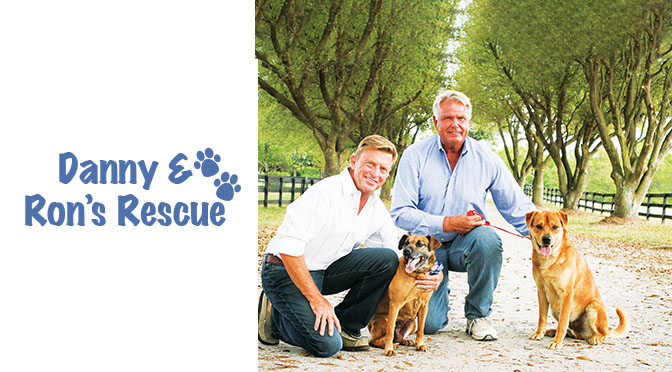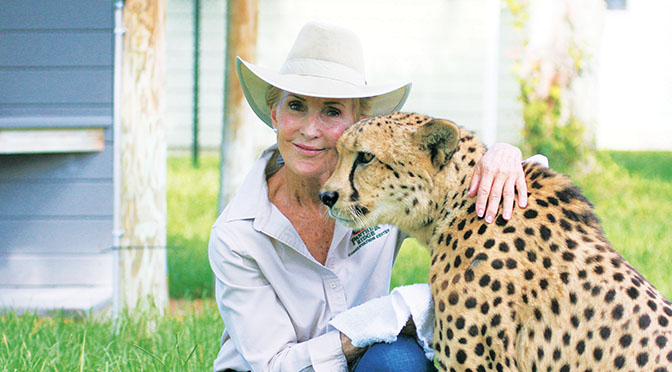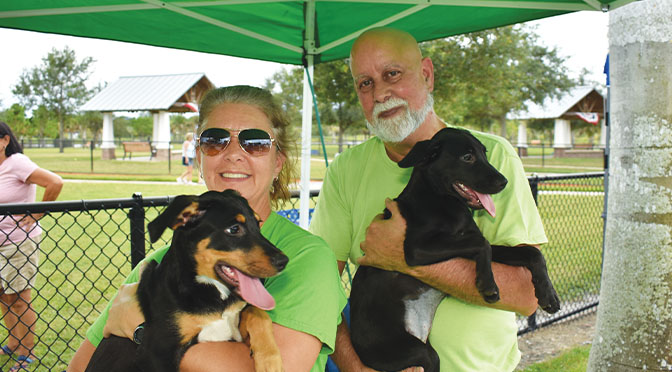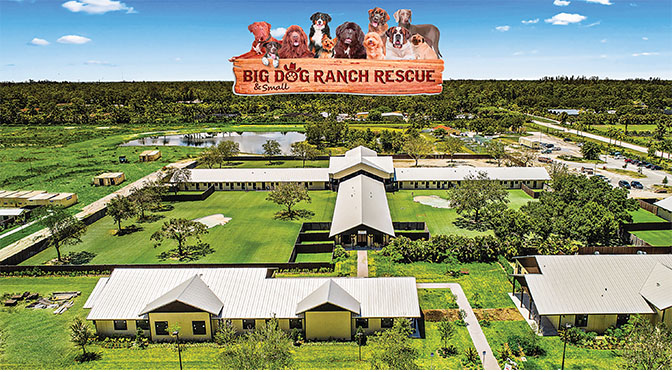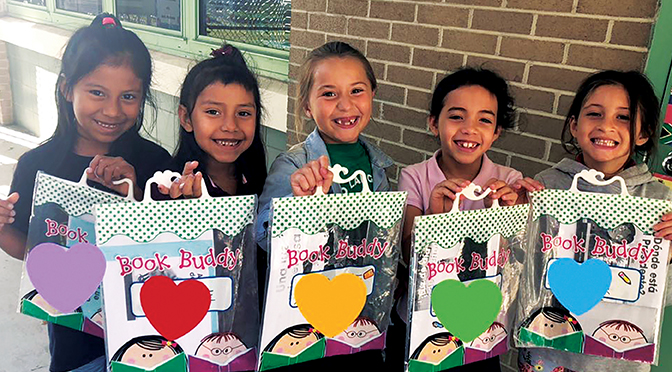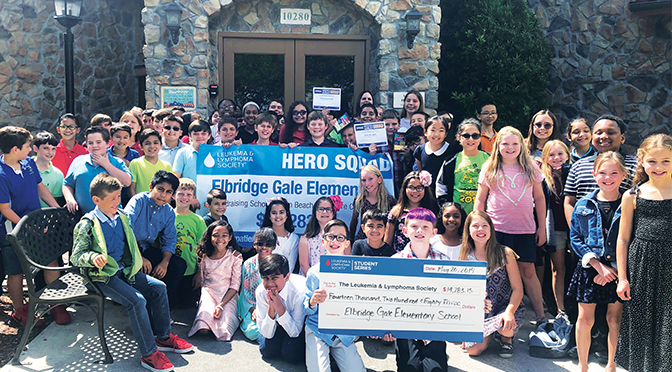Synchronized Ice Skating Is Growing In Popularity, Even Here In Florida
Steve Lomax, together with his children (10-year-old Sofia and 8-year-old Austin), have come up with a family-friendly way to beat the summer heat. They leave their home in Wellington and head to the nearest ice skating rink.
“I started coming here when my other daughter, Natalie, was taking ice skating lessons,” he recalled. “She was four at the time. Soon, I was taking them, too. Now, it’s our family’s second home.”
Eventually, Natalie channeled her talents into soccer, but Steve, Sofia and Austin are now practicing every week for a big Theatre on Ice competition coming up on Aug. 17 in Virginia. As part of the Palm Beach Skate Zone synchronized ice skating team, they will present the production number “Arabian Nights,” a nod to Disney’s Aladdin.
“Because the production needs performers of all ages, it’s a chance for me to compete alongside my children,” Steve explained. “It’s a good chance for us to be together. We wear costumes, we have a script, there’s music, and we skate to it. I get to play Jafar. My son is Abu, the little monkey, and my daughter is one of the gypsies.”
Although this is the family’s first trip to the bi-annual competition, Steve has been featured in local Skate Zone shows, appearing as Dark Vader, a Nutcracker and the Grinch.
As the popularity of synchronized ice skating soars coast to coast, Palm Beach Skate Zone keeps pace with the trend by hosting teams for ages 5 to 7, 7 to 11, 12 and up, and the Theatre on Ice group for ages 6 through adult. The program is coached by Debra Fertig.
“Synchronized skating has been around since late 1950s,” Fertig said. “The first team was formed in Ann Arbor, Mich., although, back then, it was known as precision skating. There are 8 to 20 skaters on a team, with 90 percent of them female.”
Ann Arbor’s “Hockettes” team — similar to Radio City Music Hall’s “Rockettes” — was formed to entertain spectators during intermissions of the University of Michigan Wolverines hockey team. Because the emphasis was on precision and timing, it resembled a drill team routine in its early days.
Today, there are about 600 synchronized skate teams in the United States alone, with talk of making it an Olympic sport.
“Synchro offers skaters the ability to compete and immerse themselves at higher levels than individualized skating,” Fertig said. “When you train as an individual, it takes a tremendous amount of time, money and dedication with very slim chances of becoming a national or international competitor. But synchronized skating allows team members to compete at regional, sectional, national and international levels. You’re not doing spins, you’re doing these intricate patterns on the ice. It makes it easier to rise to a higher level.”
Competitive levels include synchro skills, preliminary, pre-juvenile, open-juvenile, juvenile, intermediate, novice, junior, senior, open collegiate, collegiate, open adult, open masters, masters and adult. Synchronized skating uses the same judging system as singles, pairs and ice dancing. The discipline is primarily judged on skating skills, transitions, performance, composition, interpretation and difficulty of elements. What makes the sport so unique is the incredible teamwork, speed and intricate formations.
Each level performs a free-skate program that requires elements such as circles, lines, blocks, wheels, intersections, “moves in isolation” and, at higher levels, lifts.
“Moves in isolation” are when one or more skaters separates from the rest of the group and performs freestyle moves. For example, three skaters may separate and go into sit spins, while the rest of the team is in a circle formation. The three skaters will then join the group again and carry on with the routine.
In competitions, teams are required to perform step sequences, ranging in difficulty with each level. In the junior and senior divisions, teams are required to perform a free-skate, also known as a long program, as well as a short program. Generally, the short program is more technical in nature, where the free-skating program is longer and provides an opportunity to showcase expression, emotion and interpretation. Novice, junior and senior programs also include sequences where the whole team does moves such as bellman spirals, 170 spirals, unsupported spirals, spread eagles and more.
Fertig is particularly pleased to see that figure skating, a discipline that formerly focused on one individual, has grown to be so much more.
“The benefits of synchronized skating are that it is a team sport, so it brings together skaters and their families in practice, performing and celebrations. It brings all ages together,” she said.
There’s another benefit as well. “The number of colleges and universities who have synchro skating teams is growing,” Fertig noted. “Skating makes you a standout on your application. If you are a synchronized figure skater, you can aspire to their team.”
Over the years, North American teams have developed more creative and innovative routines, incorporating stronger basic skating skills, new maneuvers and more sophisticated transitions, which naturally necessitated greater speed, style and agility.
Due to this growing interest, the first official international competition was held between Canadian and American teams in 1976. With the internationalization of the sport, it has evolved rapidly, with increasing emphasis on speed and skating skills, and highlight elements such as jumps, spirals, spins and lifts that originally were not permitted in competition.
“I’m all about having kids have an activity,” Fertig said. “You often don’t think about ice skating in South Florida, but when you come to the rink, you make friends. It’s a win-win. I want to give them a sense of belonging. They get together, wear the team jacket, exercise regularly and learn to be a team player. It is similar to Rockettes on ice; we dress alike and do the same things. The challenge is to be as one — making lines, circles and blocks, as one. They learn respect, patience and skating skills.”
To learn more about the synchronized ice skating team at Palm Beach Skate Zone, call (561) 963-5900 or visit www.pbskatezone.com.



